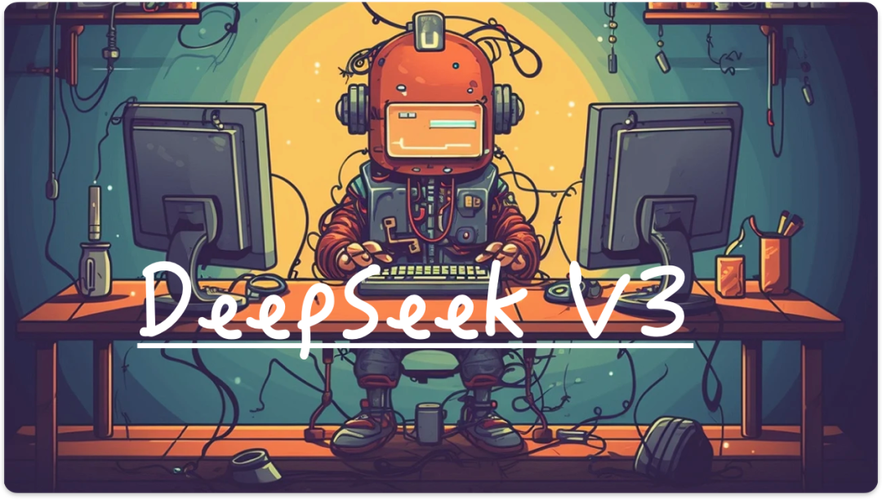Create a Stunning Photography Portfolio Using AI
Introduction
In the fast-evolving digital world, building an eye-catching photography portfolio isn’t just about having great images—it’s also about how you present them. With the help of AI tools in 2025, photographers can now craft elegant, responsive, and intelligent portfolios faster and more affordably than ever before.
This 4000-word comprehensive guide walks you through:
Using AI to curate, edit, and caption your photos
Automatically designing layouts based on aesthetic scoring
Integrating AI-driven portfolio builders and web platforms
Enhancing user engagement with AI features like smart galleries and visual search
Whether you're a professional photographer, a hobbyist, or a creative agency, this guide shows you how to harness AI to elevate your photography brand.
Section 1: Why Use AI in Your Photography Portfolio?
Benefits
Speed: Generate layouts, descriptions, and visual flow in minutes
Objectivity: Use AI to rate image quality and remove bias
Consistency: Maintain a uniform visual theme and tone
Automation: Auto-tagging, face recognition, and smart categorization
What You Can Automate
Color correction & editing
Image curation (AI selects the best shots)
Captioning & keyword generation
Portfolio layout design
Website publishing & optimization
Section 2: Step-by-Step Guide to Building an AI-Enhanced Portfolio
Step 1: Collect and Pre-process Your Photos
Use Lightroom or Luminar Neo with AI-powered filters to bulk edit and enhance images
Apply facial recognition to organize portraits
Use object recognition for categorizing landscapes, events, and product shots
Step 2: Use AI to Curate Your Best Work
Tools to Try:
Photomatic AI: Ranks images based on sharpness, exposure, composition
Adobe Sensei: Selects best photos in bulk sessions
Google Photos AI: Helps group images by event, style, or location
Tips:
Limit your portfolio to 15–30 images
Prioritize variety while sticking to a theme
Step 3: AI-Assisted Captions and Titles
Tools to Try:
ChatGPT (with image input): Generate artistic captions, client-friendly titles
Imagga: Auto-generate descriptive keywords
Prompt example:
"Describe this photo of a forest sunrise in a poetic, minimalist tone."
Step 4: Layout Design with AI Portfolio Builders
Popular Platforms:
Wix AI Website Builder: Suggests layout templates based on your photos
Framer AI: Interactive, fluid layout generation with motion effects
Zyro: Simple drag-and-drop builder with AI copywriting
Tips:
Use dynamic grids and sliders for immersive experience
Enable dark/light theme toggles for aesthetic control
Section 3: Enhance User Experience with AI Features
Smart Gallery Navigation
Face recognition for finding specific subjects
AI tagging for location, mood, and genre
Autoplay “guided tour” with narration generated by text-to-speech AI
Visual Search
Allow users to upload a reference image and see similar portfolio shots
Tools: Amazon Rekognition, Google Vision API
AI Chatbot as Virtual Guide
Integrate a chatbot (like DeepSeek or ChatGPT) to answer visitor questions
Example:
"Hi! Looking for wedding shoots in Tuscany? Let me guide you."
Voice Search and Mobile Optimization
Integrate voice search with Google Assistant or Siri shortcuts
Use AI for responsive mobile design adjustments
Section 4: SEO and Performance Optimization
AI Copywriting
Use Jasper or ChatGPT to write homepage content, bio, and service descriptions
Focus on keyword-rich but human-friendly content
Metadata and Tagging
Add alt-text, captions, and keywords using AI for Google Image search optimization
Loading Speed
Compress images using AI (e.g., TinyPNG with smart quality retention)
Use lazy loading for image-heavy pages
A/B Testing with AI
Use tools like Google Optimize or VWO with AI-based analytics to test different homepage designs
Section 5: Integrate Social and E-Commerce Features
Smart Social Scheduling
Use tools like Buffer + ChatGPT integration to generate engaging captions
Schedule posts across Instagram, Pinterest, Twitter with hashtag analysis
E-Commerce Integration
Sell prints via AI-optimized Shopify plug-ins
Offer AI-based framing recommendations
Section 6: Real-World Use Cases
1. Wedding Photographer
Uses face clustering to group client galleries
AI captions for emotional storytelling
Chatbot answers pricing and availability questions
2. Travel Photographer
Geotags and visual storytelling with GPT-generated blog posts
Visual similarity search for global clients
3. Product Photographer
Auto-background removal and lighting adjustment via AI
Smart organization by SKU or product line
Section 7: Privacy, Copyright, and Ethics
Watermarking & AI Protection
Use AI to generate visible/invisible watermarks
Track image misuse online with reverse search tools
Client Consent
Use automated email workflows to get consent forms signed
Ethical Captioning
Avoid stereotypes or misleading interpretations from AI-generated text
Human review of all content before publishing
Conclusion
Artificial intelligence is revolutionizing how photographers present their work. With tools like DeepSeek, ChatGPT, Adobe Sensei, and smart portfolio platforms, creating a standout visual showcase is no longer limited to those with coding or design skills.
By combining technical innovation with artistic vision, you can create a photography portfolio that not only looks stunning but also intelligently adapts to your audience and goals.
"In the AI age, your portfolio doesn’t just display your work—it tells your story."
If you'd like a Chinese version of this guide or a downloadable template, let us know!








